Websites now largely rely on front-end frameworks for responsive web design. The greatest choice for producing exceptional website designs is to use responsive web design front-end frameworks, which integrate CSS and HTML5 tags.
They also help in the creation of user-centric applications and are efficient. To build outstanding websites, utilize one of the top front-end frameworks available.
The most well-known frameworks that are frequently used by developers are briefly described here.
The most popular open source framework worldwide was developed by Twitter developers and was made available in 2011. It follows the guidelines for responsive web design, enabling you to create responsive sites of various sizes and degrees of complexity.
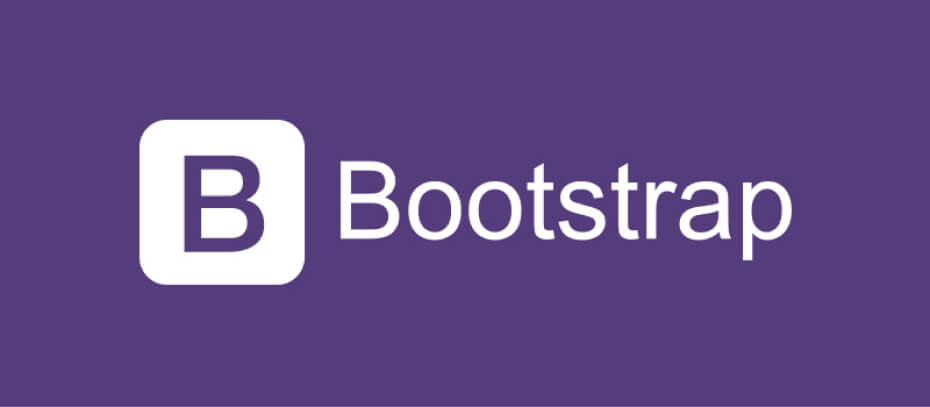
Bootstrap incorporates CSS, HTML, and JavaScript, or JS, components, just like any other frontend framework.
For instance, it updated to use Sass as a CSS preprocessor and included themes that adhered to Google’s material design principles soon after they were announced.
Pros:
- Massive public backing.
- Greatest diversity of themes.
- Greatest browser capacity.
- Has a grid system that is both fluid and fixed.
- There are more tools for development.
- This framework is used to build several well-known websites.
- Superior mobile assistance.
Cons:
- jQuery plugins are challenging to utilize.
- Websites are identified right away.
- Messy and perplexing can result from the excessive amount of DOM elements and HTML classes.
Ideal for:
- Novices and anyone that favor a strong front-end foundation.
Foundation is a very sophisticated, enterprise-grade frontend framework that is perfect for creating quick, responsive websites. Fastclick.js and GPU acceleration are supported by this feature-rich framework for fluid, blazing-fast animations on mobile platforms.
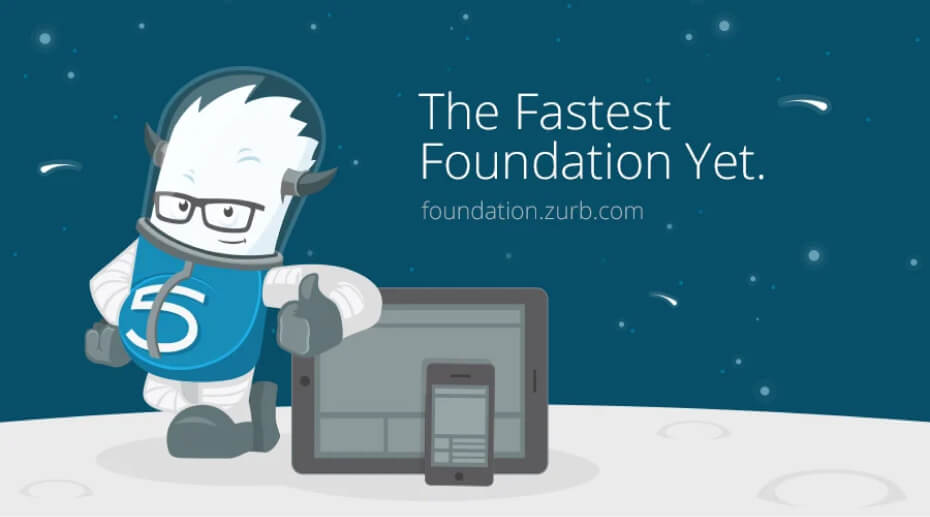
It is also fairly complicated and might not be ideal for beginners. It is used by websites like Facebook, eBay, and Mozilla.
Pros:
- Offers the best customizing possibilities.
- Own a reliable grid system.
- Enables quick code development.
- Free templates that are simple to use are available.
- Provides services for both websites and emails.
- DIY design methodology.
- Lightweight.
Cons:
- More difficult when trying to personalize.
- Not the best framework for newcomers.
- Less common than Bootstrap in terms of popularity.
Ideal for:
Developers with a fair amount of expertise who focus on creating websites that are quick, appealing, and responsive.
Semantic-UI, a front-end framework that is relatively new to the market, stands apart in various areas and is expected to grow in popularity.
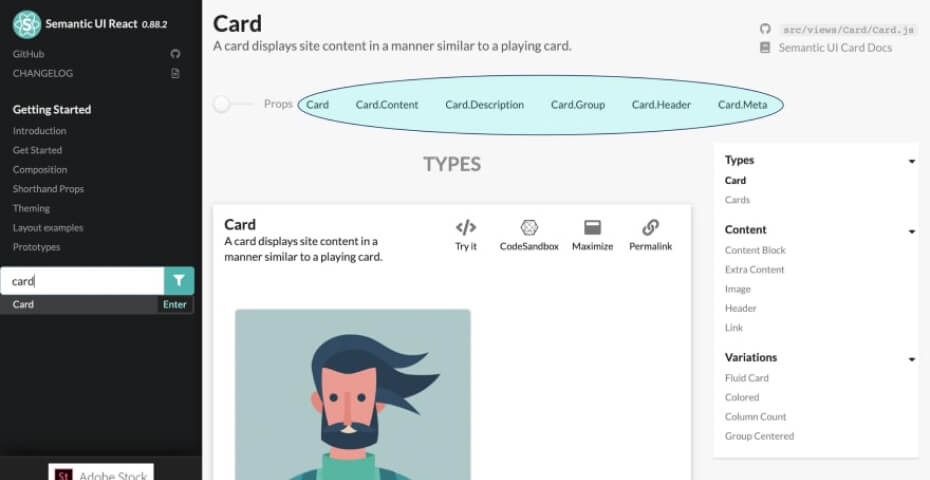
The simplicity of this system is its primary selling feature. The code is self-explanatory because it is plain language. Another remarkable feature is semantic-integration UIs with a dizzying array of third-party libraries.
Pros:
- Flexible components enable simple modification.
- Semantic class names have a low entrance barrier, allowing even beginners to get started right away.
- Because you can only load the components, there are few files and little load times.
Cons:
- Compared to Foundation and Bootstrap, these are very huge bundles.
- This framework might not meet the needs of those who have more complicated design and development requirements.
Ideal for:
Beginners and those seeking a compact, agile framework.
Also Read: The Best Tools for PHP Web Development in 2023
The Materialize responsive front-end development framework incorporates Google’s material design guidelines and comes pre-packaged with a variety of ready-to-use buttons, icons, cards, forms, and other elements.
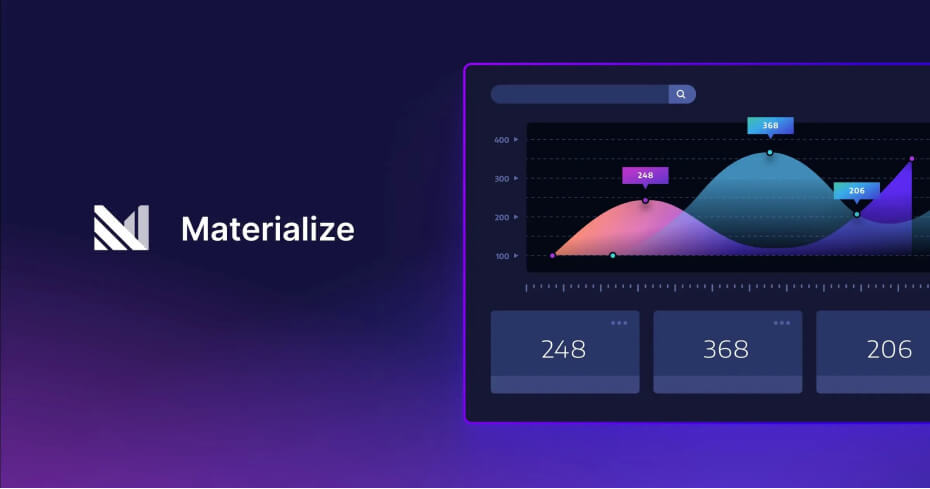
There is a Sass-based version as well as a regular version available. While creating website layouts, Materialize features a useful IZ column grid function.
Ripple-effect animation, mobile menus that can be dragged out, Sass mixins, and more features are included.
Pros:
- Large selection of parts.
- All devices are supported by websites thanks to responsive support.
Cons:
- This is a cumbersome framework to deal with due to the big file size.
- No assistance with the Flexbox model.
The majority of front-end development frameworks don’t compare to UIKit’s high level of modularity for a variety of reasons.
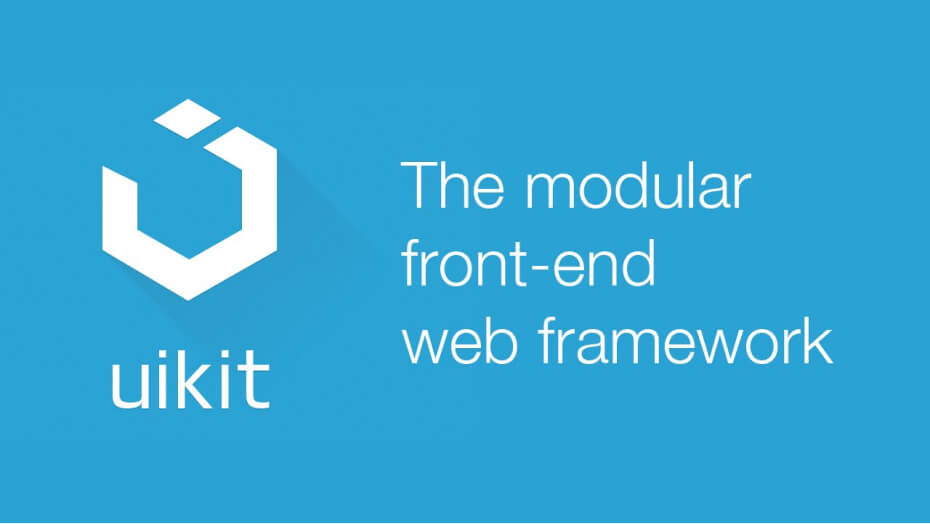
UIKit has grown to be one of the most well-liked front-end frameworks available, loaded with a variety of quick, responsive components with consistent naming conventions. The inclusion of the Less and Sass CSS preprocessors is the most notable of these.
For even greater adaptability, it has more than 30 extensible, modular components that can be combined. It consists of layout elements, such as a flexible, fully responsive grid system, navigation components like side navigation bars, elements like HTML forms and tables, JavaScript components like off-canvas bars and modal dialogs, typical elements like buttons, badges, and overlays, and other elements as well.
Pros:
- Highly adaptable.
- Extremely adaptable, allowing you to add elements to the style sheet without compromising the overall aesthetic.
- Use components like nestable to create complex user interfaces.
Cons:
- There are hardly any materials available because of how recent it is.
Ideal for:
Because there are currently not enough resources, we need developers who are quite experienced. Otherwise, it’s effective for both simple and challenging tasks.
Conclusion
Although there are many front-end frameworks available, we have selected the top front-end frameworks for 2023. By selecting the best front-end frameworks for your requirements, you can concentrate on creating business logic while the intricate and time-consuming styling is handled.
You’ll need a framework that is more all-encompassing to construct more complicated elements, such as Bootstrap, Foundation, Material UI, etc.
Author
Jayesh Patel
Jayesh Patel is a Professional Web Developer & Designer and the Founder of InCreativeWeb.
As a highly Creative Web/Graphic/UI Designer - Front End / PHP / WordPress / Shopify Developer, with 14+ years of experience, he also provide complete solution from SEO to Digital Marketing. The passion he has for his work, his dedication, and ability to make quick, decisive decisions set him apart from the rest.
His first priority is to create a website with Complete SEO + Speed Up + WordPress Security Code of standards.